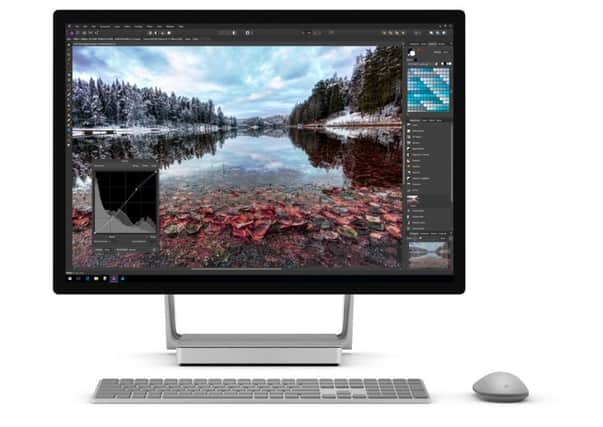Best alternatives to Photoshop, for far less money


There are two reasons for this: by the time it reaches you, the software is likely to have been updated, necessitating a download of the new version, which you could have done in the first place. And programs which live on an individual PC are unavailable to you on all the other devices you use.
That’s why app stores have replaced physical software shops, and not just for your phone. Microsoft now uses its Windows Store to distribute new desktop apps, but even that has become passé. What publishers really want to do is rent you their work by the month or the year.
Advertisement
Hide AdAdvertisement
Hide AdSubscription-based software means that you pay for the programs you use by the month or the year. They are yours for as long as you keep up the direct debits; if you stop, they are disabled.
Adobe, manufacturer of Photoshop and a suite of other creative tools, is leading the charge here – in both senses of the word. Photoshop is the market-leading tool among design professionals, but it’s also popular with students and hobbyists. It has traditionally commanded three-figure prices at WH Smith and similar outlets, in A5-size boxes with printed instruction books inside.
Today, though, it costs £10 a month, every month, at the very least. If you want the functionality of the complete suite, it’s £50 a month. As a business expense, that might be justifiable, but for personal use it’s a ludicrous amount of money – which is why many users have begun to look elsewhere
There are quite a few alternatives to Photoshop and Adobe’s other tools; some of them free. GIMP, a non-commercial program that has been around since the 1990s, is preeminent among these. It does most of what Photoshop does, and once you have mastered its completely different user interface and workflow, there’s really no reason not to use it instead.
Advertisement
Hide AdAdvertisement
Hide AdBut it is by no means the only contender, and one of more recent arrivals to the fray is perhaps the most interesting.
Affinity is produced by the UK developer Serif, which has been turning out standalone PC software since the days of Windows 3.1, at sometimes remarkably low prices. Affinity Photo, its Photoshop-specific alternative, continues this tradition. You buy it outright, just as you did in the old days, for a one-off fee of just under £50. There is also a Mac version and an iPad app, at £20.
Unlike GIMP, Affinity looks and behaves pretty much like the Adobe original. You can edit files someone else has created on Photoshop and save them in the same format. And there is support for some, though by no means all, Photoshop plugins.
Affinity has quite a few features that amateur photographers will find useful, including the ability to stitch pictures into a panorama, and to merge similar shots to create a High Dynamic Range effect. The program is faster than GIMP and has modest hardware requirements compared to Photoshop.
Advertisement
Hide AdAdvertisement
Hide AdSerif’s companion product, Affinity Designer, targets Adobe Illustrator, and in a further nod to an earlier age of desktop computing, there is a paper publishing tool in the works.
If you bought a version of Photoshop before the move to subscriptions, you can, of course, continue to use it – but you won’t get updates and there is no guarantee that it will work with future versions of Windows. So sooner or later, you’re going to have to look around – and it’s comforting to know that an upgrade can be a lot cheaper than you thought.